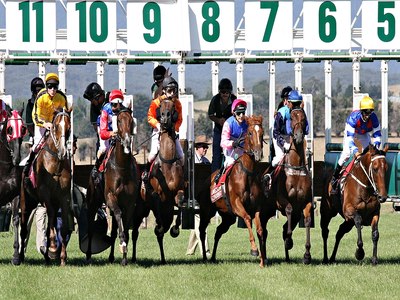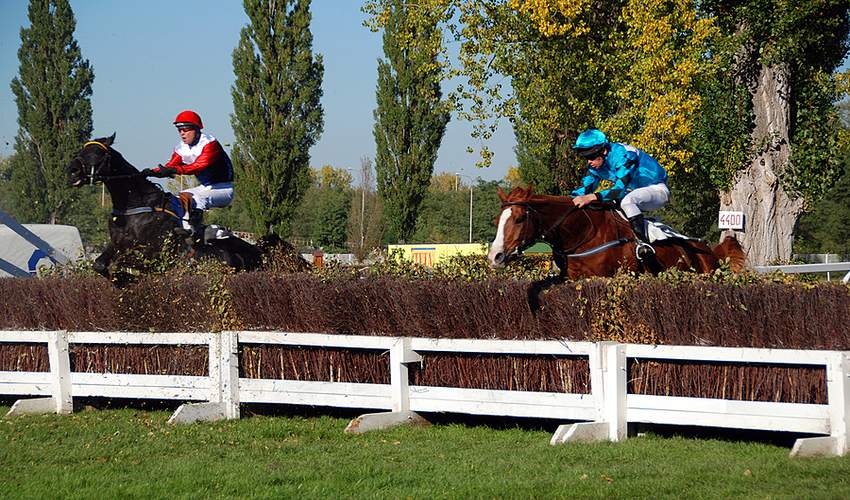 It is estimated that around 6 million people a year visit the racecourses to enjoy the spectacle of a day at the races.
It is estimated that around 6 million people a year visit the racecourses to enjoy the spectacle of a day at the races.
Cheltenham Festival alone is responsible for around 250,000 of them, but even so, that’s a lot of people wanting to enjoy the racing.
What’s more, that doesn’t account for the people who bet on and watch the sport online, on their bookies’ websites, so the number of people who have an interest in horse racing is going to be much higher than that 6 million figure (around 13 million people bet on the Grand National each year, for instance).
So there is demand for horse racing and no mistake – but how much demand? Are the number of people who are interested in horse racing enough to make sense of how many horse races take place each year in the UK?
There is something further to be explored here, but first, let’s look at the data and see the lay of the land.
The Number of Races Run in a Year

You will find meetings held at racecourses up and down the country more or less every day of the week in the UK.
With 365 days in a year, a handful of meetings each day, and between 6-9 races per meeting, the number of individual races run annually soon add up.
The British Horse Racing Authority have been keeping accurate records on this since 2019 and have made that information available to the public, and while this isn’t exactly a large data set given it only covers races since 2019, it’s enough to spot changes.
| Year | Total Races |
|---|---|
| 2023 | 9998 |
| 2022 | 10216 |
| 2021 | 10353 |
| 2020 | 7882 |
| 2019 | 10086 |
Here we have the total number of races run in the UK every year, both in flat and jumps racing.
Bear in mind that 2020 was when COVID hit, so this warps the already small data set which is about as helpful as most customer service agents, but even so, you can see the total number of races starting to fall away.
The number of races has declined two years in a row from 2021 onwards, and as we will investigate later, this is no accident.
How Many Flat vs Jumps Races?

This is where things get interesting (assuming you enjoy looking at statistical data as much as the next bloke), because while flat racing has remained almost perfectly consistent apart from the impacts of COVID, jumps racing has not:
| Year | Jump Races | Flat Races |
|---|---|---|
| 2023 | 3651 | 6347 |
| 2022 | 3878 | 6338 |
| 2021 | 3822 | 6531 |
| 2020 | 2776 | 5106 |
| 2019 | 3718 | 6367 |
As you can see, from 2022 to 2023, there were around 5.85% fewer races in the jumps category, while the number of flat races actually increased very slightly – and I mean very slightly, there were 9 more flat races, equivalent to one extra meeting that year.
I suspect that the inflated number of flat races in 2021 was an attempt by cash starved racecourses to recoup lost earnings suffered during lockdowns, but the number soon settled back to pre-pandemic norms.
Jumps racing did the opposite and actually increased in number two years in a row, before falling back down to below pre-pandemic numbers, and this is the aspect that really tells us something about the future of British racing in my opinion.
Are There Too Many Races in the UK?

I left a mini cliff hanger at the end of that last section; did you like it?
The reason for the drop off in the number of jumps races, is because organisers are trying to schedule their meetings and races more effectively in order to optimise the financial side of things.
To put it simply, yes, there probably are too many races held in the UK as things stand.
In recent years, on average, there have been fewer races held at jump meetings that at flat meetings, and fewer runners in jump races than in flat races. In fact, more than 20% of jumps races had 6 runners or less in 2023.
This means jump racing is becoming less competitive (outside of the big festivals), leading to shorter odds, meaning less value for the punter. This in turn attracts a smaller number of bets, reducing the prize purses, and making the races less attractive for the owners and trainers, who decide not to bother, further reducing the number of runners.
And so the vicious circle continues.
To combat this, organisers have been trying to reduce the number of meetings and be smarter about the schedule, so that each race attracts a greater number of runners and trainers are not having to choose one meeting over the other quite so often.
The hope is that this will improve the standard of competition, increasing value for the punters, who will put money into the industry again, making the races more profitable for the owners and trainers taking part.
In theory then, the vicious circle will turn into a virtuous one.
So I wouldn’t be surprised to see the number of jump races each year reduced further, for a couple of years at least, until the right balance is found that allows for the industry to stabilise, and hopefully, improve.
